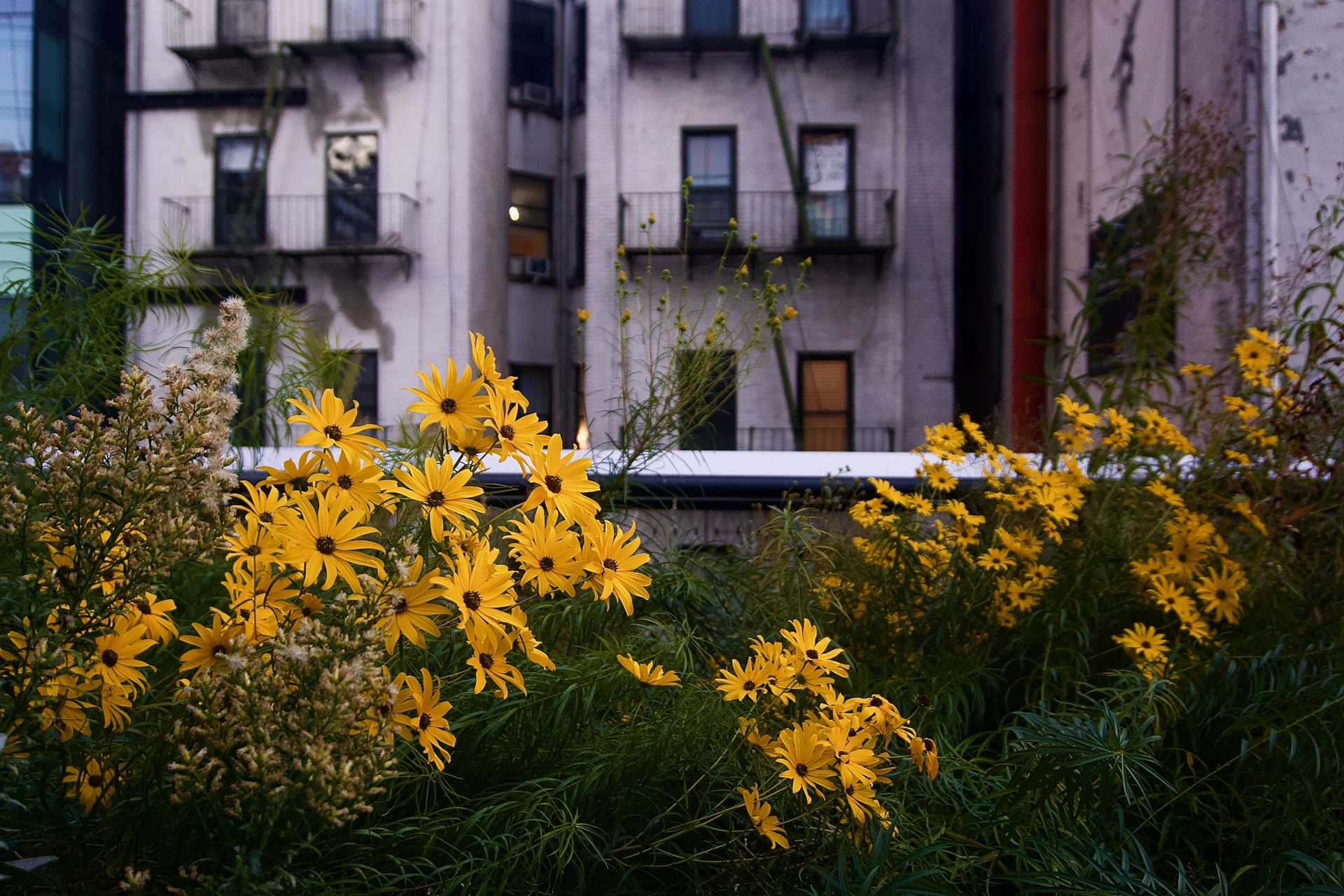
Earlier this month the World Wildlife Fund released its Living Planet Report, and the evidence is undeniable: life on this planet is being destroyed at an unprecedented rate. Between 1970 and 2016, populations of mammals, birds, amphibians, reptiles and fish have declined by an average of 68%. Three-quarters of the world’s ice-free land has been significantly altered and a fifth of species are at risk of extinction this century because of catastrophic climate change.
Life on Earth is stressed, and it is clear that what we have been doing isn’t working.
So what’s the solution?
One proposal is Half-Earth, the idea that half of the planet should be set aside for nature.
As cities are only about 3% of the global area, it is easy to leave them out of the Half-Earth equation, write them off and focus efforts elsewhere. But, many of the most biodiverse places on the planet are also densely populated, and in some cases cities are the last strongholds of endangered species. Cities are important landscapes for conservation and as such should be designed with nature in mind.
So how do we create a city where humans share space with a variety of other species?
It might seem like wishful thinking or some far-fetched fantasy land, but it really isn’t and the Biophilic City, the idea that city living can be immersed in nature, can help us get there. Around the world there are plenty of ambitious cities leading the way towards more nature-filled cities. For instance, Paris has set the goal of achieving 50% green cover by 2030 as part of their Biodiversity Plan, complementing their bold Climate Action Plan by helping to reduce urban heat and car dependency. Similarly, London aims to be 50% green by 2050 in its effort to become the world’s first National Park City.
On the smaller, neighbourhood scale, this means embracing things like green roofs and green walls, roadside meadows and structural supports like nesting boxes or road crossing structures across the city. It also means rethinking spaces throughout the city to provide for biodiversity, like converting parking lots to urban forests or on-street parking to pocket parks.

The High Line in New York City: An abandoned rail line re-imagined as a space for nature. Photo via Karlis Dambrans on Flickr, CC BY 2.0
However, if we truly want the city to be a place where nature thrives, care needs to be taken to ensure that these efforts are actually functional spaces that support local wildlife, and don’t just become another ‘box to check’ in urban design.
Nature in the city increases quality of life for residents, providing physical and mental health benefits, opportunities for social connection and plays a role in mitigating the climate emergency, but for wildlife, not all greenspaces are equal. Care needs to be taken to ensure that the right plant species are incorporated into design and that structures are designed with function – not just form – in mind. For example, while decorative planters are pretty, they are often filled with a standard assortment of horticultural plants, and don’t necessarily support local wildlife. By planting an assortment of local wildflowers instead, we still get some beauty in our city, but local pollinators, who are often struggling, get a source of food.
Maybe instead of Half-Earth we need to think about Whole Earth – How can we live with other species in all corners of the Earth? What if instead of trees in the city, we had a city in the forest?

Singapore’s Super Tree structures. Photo via Ray in Manila on Flickr, CC BY 2.0
Header photo via Andreas Komodromos on Flickr, CC BY-NC 2.0










